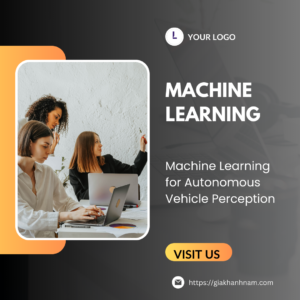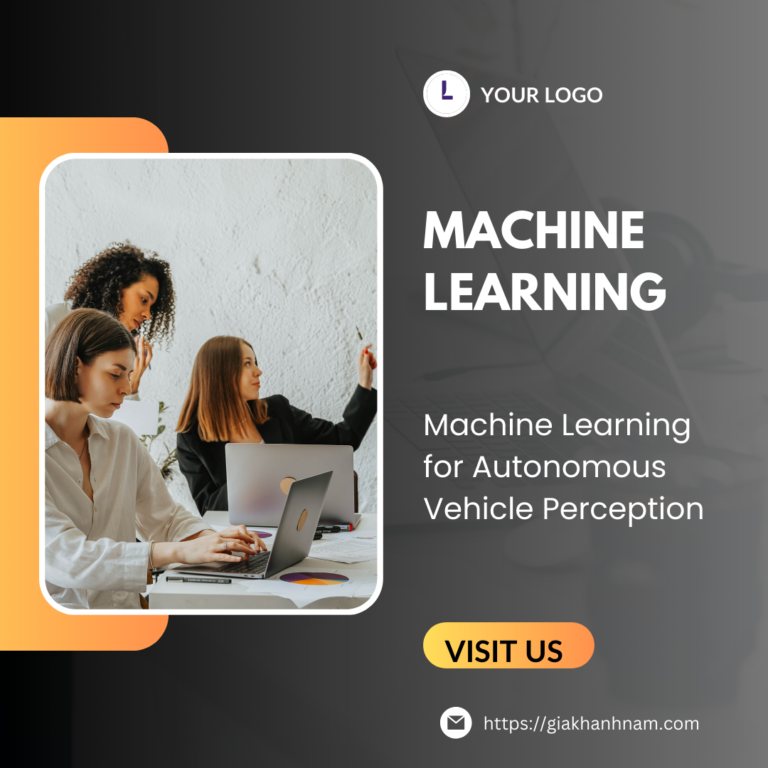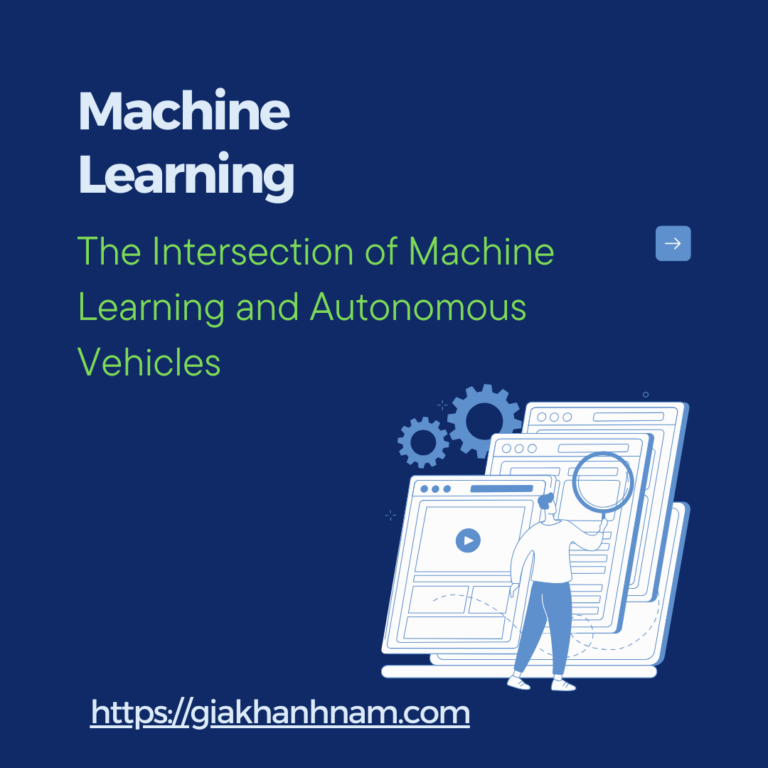The integration of machine learning (ML) into the development of autonomous vehicles (AVs) is one of the most exhilarating advancements in modern transportation. This synergy is not just propelling vehicles to navigate autonomously but is also enhancing safety measures, optimizing traffic management, and redefining mobility. This article explores the groundbreaking innovations at the intersection of machine learning and autonomous vehicles, offering insights into how these technologies are shaping the future of transport.
The Foundation of Autonomous Navigation
Machine learning, a subset of artificial intelligence (AI), equips computers with the ability to learn from and make decisions based on data. In the context of autonomous vehicles, ML algorithms digest vast amounts of data from vehicle sensors, cameras, and radar systems to understand the vehicle’s surroundings, predict the behavior of other road users, and make real-time navigation decisions.
Key Innovations in ML and AVs
- Advanced Perception Systems: Machine learning algorithms enable AVs to interpret complex visual and sensory data. This includes identifying objects, classifying them (e.g., distinguishing between a pedestrian and a cyclist), and assessing the vehicle’s environment. Innovations in deep learning, particularly convolutional neural networks (CNNs), have significantly improved the accuracy and reliability of these perception systems.
- Predictive Decision-Making: Autonomous vehicles must anticipate the actions of other road users and make decisions accordingly. Machine learning models, trained on historical data, can predict potential outcomes and choose the safest and most efficient course of action. This capability is crucial for navigating intersections, overtaking, and reacting to unexpected events.
- Dynamic Path Planning: Machine learning also revolutionizes how AVs plan their route from point A to B. By analyzing current traffic conditions, historical traffic data, and potential hazards, ML algorithms dynamically adjust the vehicle’s path in real-time, optimizing for safety, efficiency, and passenger comfort.
- Enhanced Safety Protocols: Safety is paramount in the development of AVs. Machine learning contributes to safety by enabling vehicles to learn from past incidents and near-misses. This continuous learning process ensures that autonomous vehicles become safer over time, with the potential to drastically reduce traffic accidents caused by human error.
The Road Ahead
The fusion of machine learning and autonomous vehicle technology holds immense potential, but it also presents challenges. These include ensuring the ethical use of AI, protecting passenger privacy, and securing vehicles against cyber threats. Additionally, as this technology evolves, it will be crucial to develop robust regulatory frameworks to oversee the deployment of AVs on public roads.
Conclusion
Machine learning is at the forefront of the autonomous vehicle revolution, driving innovations that promise to transform our roads and how we travel. As these technologies continue to advance, the future of transportation looks increasingly autonomous, safer, and more efficient. The journey of machine learning and autonomous vehicles is just beginning, but its impact on society and the environment could be profound, ushering in a new era of smart, sustainable mobility.




















+ There are no comments
Add yours